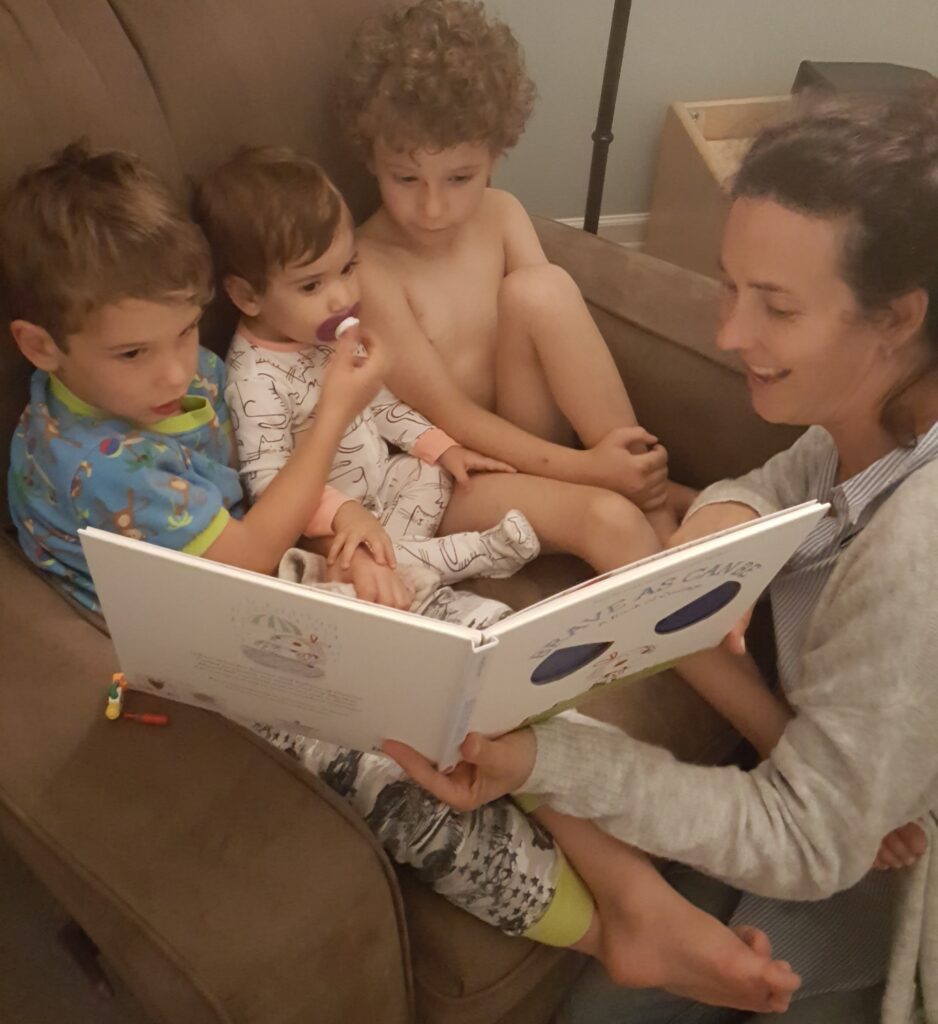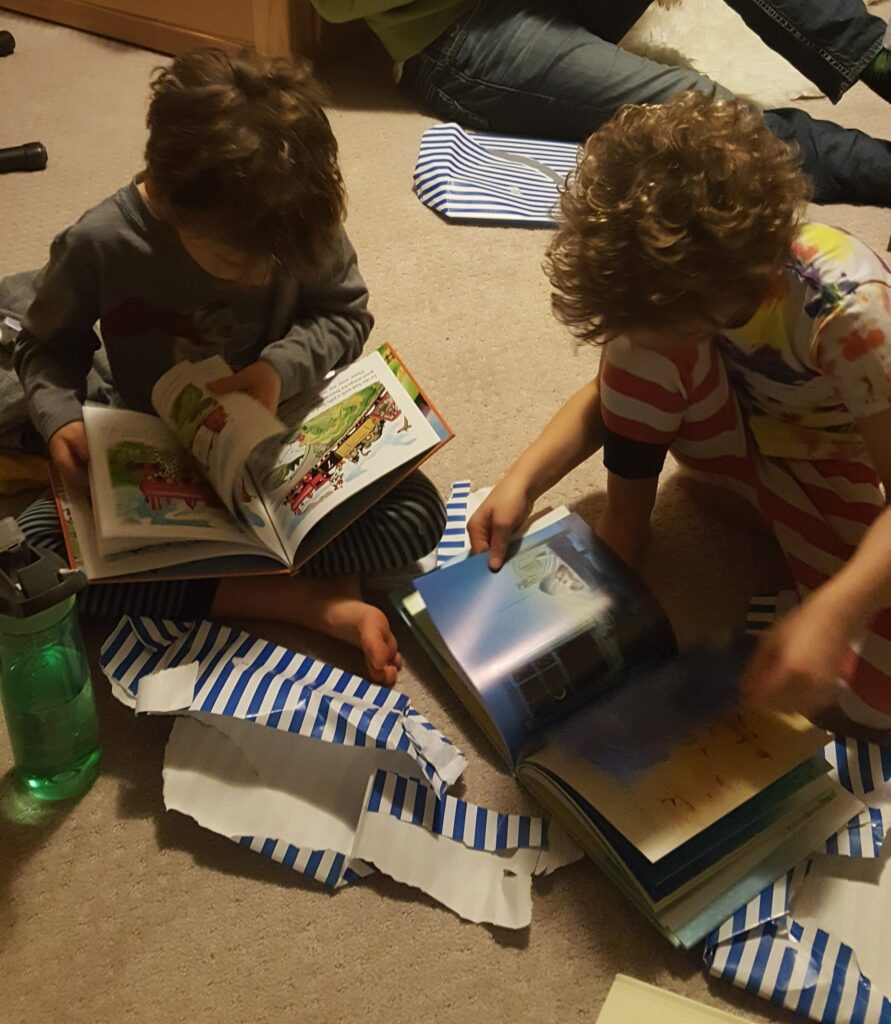
I know it can be tough when your child is struggling with reading. It’s natural to want them to practise and excel, but sometimes pushing too hard can take the joy out of it. Let’s wrap our children in love and encouragement and take the pressure off. As parents and educators, we have this amazing opportunity to make reading a source of joy for our children. Let’s dive into five gentle strategies that can transform reading into a journey filled with hope and excitement, even for your struggling reader.

- READ ALOUD TO YOUR CHILD- Reading to your child not only builds connection, but it gives their brain a rest. Oftentimes, it can be exhausting to read a book for struggling readers as they spend so much energy on decoding the words on the page instead of enjoying the story. This way children can truly immerse themselves in the book and pay more attention to exciting plots, engaging characters and dramatic moments. My children are now 10 and 12 and ask all the time if I can read out loud to them. They still look forward to being read to every night.
- HAVE BOOKS EVERYWHERE- Having books easily accessible throughout the house can encourage a love for reading and make it a natural part of daily life for your child. Keeping books in baskets makes it easier for children to take out and place back. When my children were younger, I had baskets with books and a blanket in each room to make the experience even more enjoyable.
- DISCOVER THE JOY OF READING IN EVERYDAY MOMENTS– Explore reading beyond books by incorporating it into daily activities. Next time you head out to buy groceries, invite your child to help with writing and reading the grocery list. This allows them to experience authentic reading in practical ways. Another great way is to transform cooking time into a fun reading adventure! Invite your child to read recipes aloud while baking or cooking meals together. Not only does this foster a love for reading, but it also allows for connection and teaching valuable life skills in the kitchen. Packing lists can also be another authentic reading opportunity. I remember drawing a picture packing list for my children before they could read text. They were delighted to receive their own list with drawings of everything they needed to put inside their suitcase. It gave them a sense of independence and purpose. Adding little notes to your child’s lunch bag will not only bring a smile, but also encourage them to engage with written words in a fun and meaningful way. It’s a quick and simple way to make a big impact on their love for reading, not to mention connection with you! Children need authentic opportunities to bring purpose and meaning to their reading and learning experiences.
- MAKE FREQUENT TRIPS TO THE LIBRARY– Visits to the library, bookstore, or even the local thrift store can bring enthusiasm to reading for many children. Give them lots of time to browse and look at the books. Show them how you pick out a book. Ask them what types of topics they’re interested in, and then guide them to those books. Make sure to sign up for a child’s library card and keep it in a special book bag which you can buy or make. When my children were younger, they each had a handmade book bag which would stay in their room with rotating books in them at all times. I had made a special pocket in the bag which held their library card. This fostered a love of going to the library.
- ALLOW CHOICE IN TEXTS- When children get to choose their own books, they’re more likely to read. Research shows that self-selected reading increases both the amount of reading and motivation to read (Fisher & Frey, 2018). In addition, when children have the freedom to pick their own books, they’re more internally driven to read (McRae & Guthrie, 2009), leading to a lasting love for reading. My youngest son has a real passion for graphic novels, and while I love seeing his enthusiasm for reading them, I also want him to explore different genres. Rather than imposing my choices on him, I’ve found a gentle approach to incorporate other styles of books during our reading time together. This has introduced him to new genres and stories which he would never have chosen on his own.
Remember, fostering a love for books goes beyond decoding words and needs to be filled with imagination, exploration and creativity. I hope you feel inspired to incorporate the steps that resonate most with you and enjoy the process of nurturing the love of reading.
Alynn xxo
